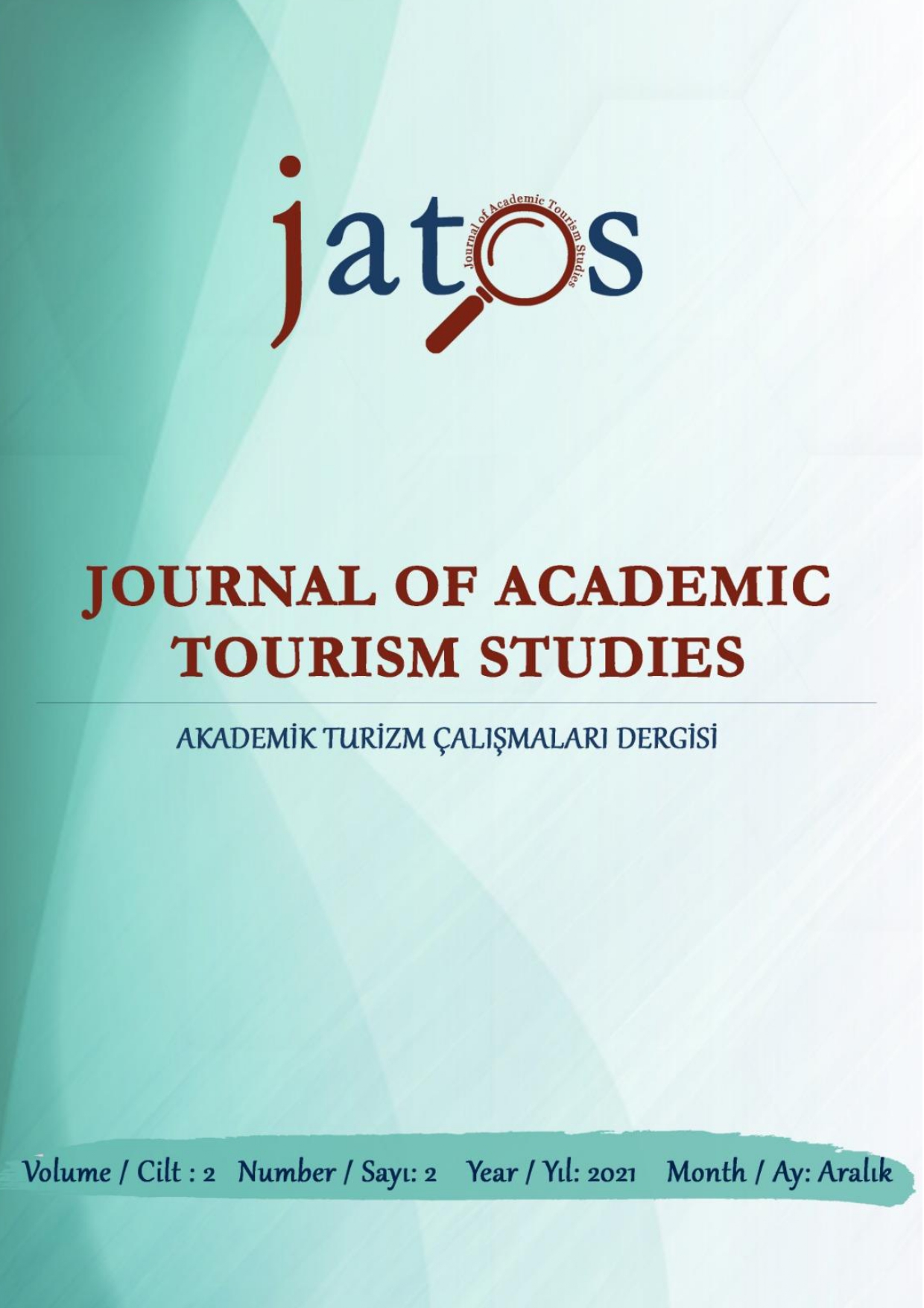Author :
Abstract
Turizm her ne kadar tarihi dokunun bulunduğu alanlarda ekonomik kalkınma aracı olarak görülse de özellikle kitle turizmi, yasal koruma önlemlerinin geç alındığı yerlerde tarihi dokuyu bozmaktadır. Koruma ile ilgili yasal önlemlerin geç alındığı, dolayısıyla kitlesel turizmin tarihi dokuya zarar verdiği örneklerden biri de Kuşadası’dır. 1989 yılında turizm merkezi seçilmiş ve kitlesel turizmin etkisiyle Kaleiçi’nin düzlüğünde konumlanan tarihi doku zarar görmüş ve konut işlevini tamamen kaybetmiştir.
Çalışma kapsamında Kuşadası'nda turizmin gelişmesinin etkileri incelenmiş, müdahale ve değişimler gözlenmiştir. Kuşadası Kentsel Sit Alanı içerisinde tarihi dokusunu ve işlevini kısmen korumuş olan Anıt Sokak ve Aslanlar Caddesi çalışma alanı olarak seçilmiştir. Analizler küresel salgın koşulları nedeniyle cephe özellikleri üzerinden yapılmıştır. Bulgular tarihi dokunun değerlendirilmesine dayanmaktadır. Bu kapsamda tescili yapılan binaların diğerlerine göre daha fazla yıkıldığı görülmüştür. İşlev değişikliği; kitle turizmi ve kentsel gelişmeyle yerel kullanıcıların değişmesinden kaynaklanmaktadır.
Sonuç olarak bu çalışma, kentsel sit içerisinde kalan ve kısmen özgün doku ve işlevini koruyan Anıt Sokak ve Aslanlar Caddesi’nde sağlıklaştırma ve yeniden işlev çalışması ile halkın katılımını sağlayan bir öneride bulunmuştur.
Keywords
Abstract
Tourism is considered as a means of economic development in areas where historical urban site is seen. But mass tourism disrupts the historical fabric of the city in places where legal protection measures are taken late. One of the examples is Kuşadası where mass tourism damages the historical fabric. In 1989, it was selected as a touristic center and the Inner castle began to lose its authentic historical fabric due to mass tourism. In this context, the aim of the study is to suggest rehabilitation of streets and adaptive re-use where the authentic features can be observed in historical urban site and contribution to tourism.
In the scope of study, the effects of Tourism Development in Kuşadası were examined and intervention and changes are observed. After that, Anıt Street and Aslanlar Street were selected as the case study area, are preserved the historic fabric. Analyses were made that considered the features of the facade without entering the interior of the buildings due to the pandemic condition. The findings are based on the evaluation of the authentic fabric. In this context, it was observed that the buildings which are registered were more destroyed than other ones. One of the reasons for the loss of authenticity is the change of local users due to the impact of mass tourism.
Kuşadası, which is under effects of mass tourism, is threatened by both tourism effects and lack of maintenance and repair, although it preserves its authenticity partially. In conclusion, proposals for the rehabilitation of streets and adaptive re-use of the historic building on the Anıt Street and Aslanlar Street with the participation of local people, are important in terms of preservation of the case study area.





